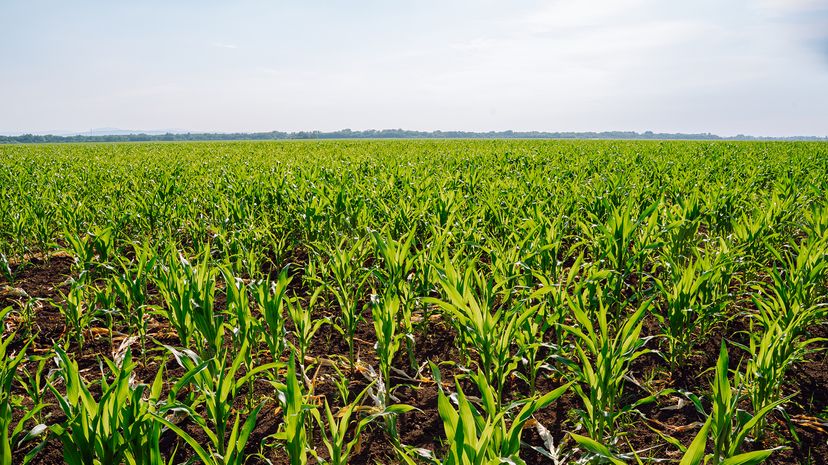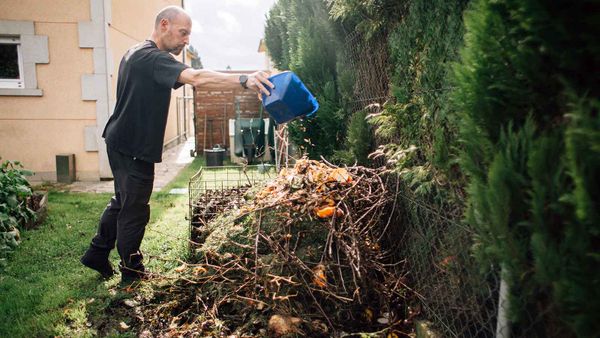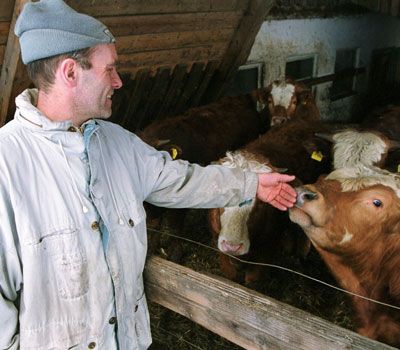Ever look for a bag of nitrogen containing fertilizers, only to discover it's always mixed in with potash fertilizers? A simple nitrogen fertilizer, as it turns out, will only supply a fraction of the essential nutrients needed for organic matter, which in turn limits plant growth and crop yield.
The numbers on a bag of fertilizer tell you the percentages of available nitrogen, phosphorus and potassium found in the bag. So 12-8-10 fertilizer has 12-percent nitrogen, 8-percent phosphorous and 10-percent potassium. In a 100-pound bag, therefore, 12 pounds is nitrogen, 8 pounds is phosphorous and 10 pounds is potassium. The other 70 pounds is known as ballast and has no value to the plants.
Other Types of Fertilizers
We should point out that there are other options as well. Synthetic fertilizers, engineered through chemical processes, offer a precise balance of nutrients, tailored to meet specific plant needs. These granular or powdered formulations are celebrated for their concentrated nutrient content and quick-release properties, providing an immediate boost to plant growth.
On the other hand, liquid fertilizers, either synthetic or organic, deliver nutrients in a soluble form, ensuring rapid absorption by plant roots. Their ease of application, through methods like foliar feeding or drip irrigation, makes them a favored choice for both indoor plants and organic farming operations. While synthetic fertilizers promise efficiency and targeted nutrition, liquid fertilizers excel in their quick action and versatility.


